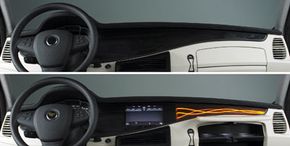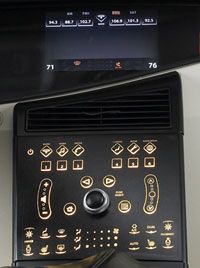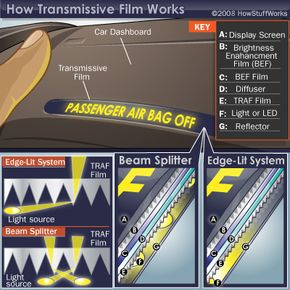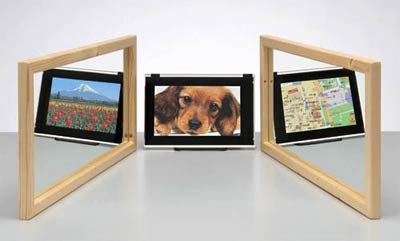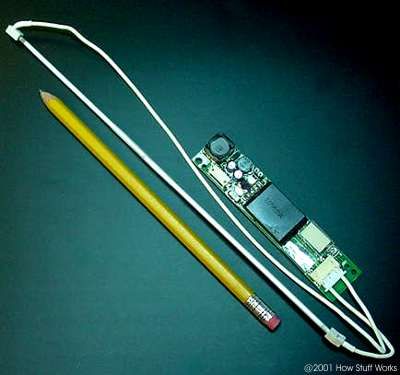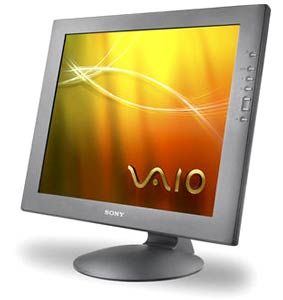At the 2008 Consumer Electronics Show (CES) in Las Vegas, Nev. convention-goers ogled concept cars showing off the latest in car stereo technology, onboard gadgetry and comfort. Among them was a jet-black BMW X5 presented by Visteon and 3M.
The black BMW at CES was Visteon and 3M's promotional prototype showing off what the two companies can do when they put their heads together. The BMW contained 50 new technologies, everything from distance sensors in the rear bumper to an eye-catching 3-D dashboard display.
Advertisement
But perhaps one of the coolest -- if not exactly the flashiest --features was the use of something called transmissive film to vastly improve the clarity and brightness of LCD displays on the dashboard. Transmissive film gets its name from transmissive LCD screens, which use a backlight to illuminate the individual on-screen pixels. Transmissive LCD screens are common on computer monitors, high-end LCD televisions, PDAs, cell phones and even some digital watches.
3M is a pioneer in transmissive film, designing impossibly thin sheets of polymer -- down to 62µm in thickness (that's 62 millionths of a meter) -- that can be applied outside or inside an LCD screen to greatly improve brightness, clarity and direction control of the image.
A typical LCD display loses a lot of brightness between the backlight and the image that appears on the screen. 3M estimates that only 8 to 10 percent of the backlight is actually seen by the viewer [source: 3M]. The rest is lost as the light passes through various polarizers, color filters and the liquid crystal of the LCD panel. By using various transmissive films, LCD manufacturers can redirect, recycle and amplify light to increase energy efficiency by as much as 120 percent [source: 3M].
Another issue with LCD screens is security. If you're standing at an automated teller machine, you don't want everyone around you to know how much cash is in your checking account. Or if you're working on your novel at the local Starbucks, you don't want the guy at the next table getting a sneak preview. Transmissive films can help block LCD images from anyone not standing directly in front of the screen.
So how exactly do transmissive films work within an LCD device? For that matter, how to LCD devices work? Keep reading for an introduction to LCD technology and how different kinds of transmissive films can make the LCD experience more efficient and user friendly.
Advertisement
